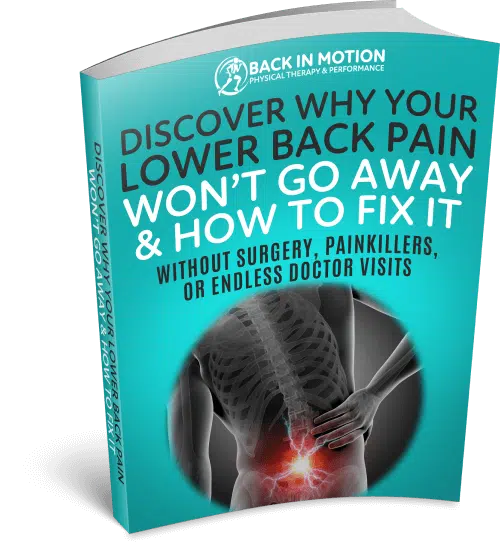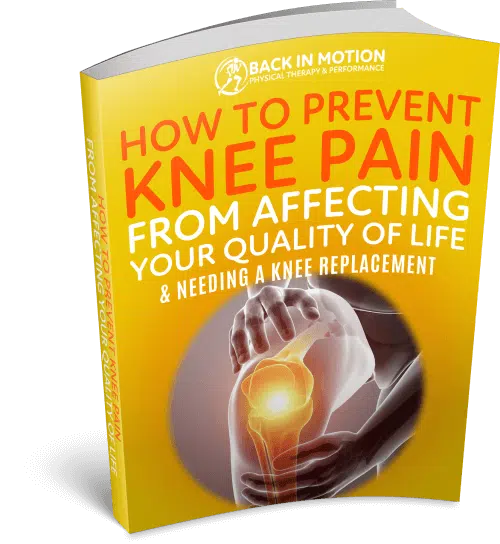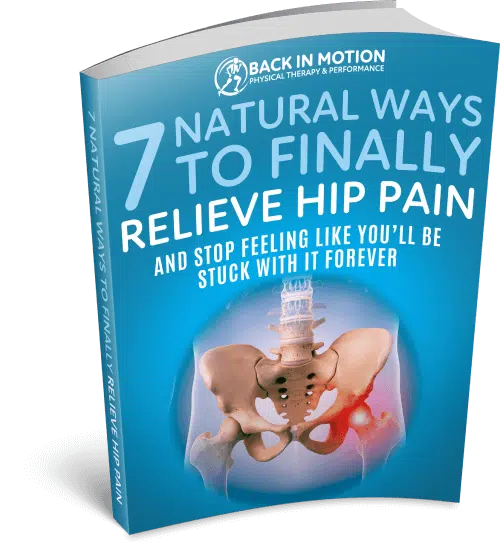Exercise Myths to Leave Behind in 2024
As the new year begins, it’s a great time to refresh your approach to fitness by letting go of outdated and misleading exercise myths. Misinformation can derail your progress, make workouts less effective, or even lead to injury. Let’s bust some of the most common fitness myths and replace them with evidence-based strategies that will help you achieve your goals in 2024.
Myth 1: “You Need to Work Out Every Day to See Results”
The Reality: Rest days are essential for your body to recover, rebuild, and grow stronger. Overtraining can lead to burnout, injury, and a lack of progress.
What to Do Instead: Aim for 3-5 days of exercise per week, incorporating both resistance training and cardio. Use rest or active recovery days to stretch, walk, or practice light yoga. Your body will thank you with improved performance and fewer injuries.
Myth 2: “Cardio Is the Only Way to Lose Weight”
The Reality: While cardio can burn calories, it’s not the most efficient way to lose weight or build a healthy, strong body. Resistance training plays a critical role in weight loss by increasing muscle mass, which boosts your metabolism.
What to Do Instead: Incorporate strength training into your routine 2-3 times a week. Pair it with a balanced diet and moderate cardio for a well-rounded approach that enhances fat loss and improves overall fitness.
Myth 3: “You Need to Starve Yourself to Lose Weight”
The Reality: Drastically cutting calories can slow your metabolism, lead to nutrient deficiencies, and make you feel sluggish. Sustainable weight loss is about balance, not deprivation.
What to Do Instead: Focus on eating nutrient-dense foods that fuel your workouts and support recovery. Include lean proteins, healthy fats, and complex carbohydrates in your meals, and aim for a moderate calorie deficit to lose weight safely and effectively.
Myth 4: “Carbs Are the Enemy”
The Reality: Carbohydrates are your body’s primary source of energy, especially during workouts. Cutting carbs completely can lead to fatigue, irritability, and poor performance.
What to Do Instead: Choose high-quality carbs like whole grains, fruits, and vegetables. These provide essential nutrients and sustained energy for your workouts and daily activities. The key is moderation and timing your intake around exercise.
Myth 5: “Spot Reduction Works for Fat Loss”
The Reality: You can’t target specific areas for fat loss by doing exercises like crunches or thigh squeezes. Fat loss occurs throughout the body and is influenced by genetics, hormones, and overall activity.
What to Do Instead: Combine total-body strength training, cardio, and a healthy diet to reduce fat overall. Consistency is key, and over time you’ll see improvements in your problem areas.
Myth 6: “If You’re Not Sore, You Didn’t Work Hard Enough”
The Reality: Muscle soreness is not the only indicator of an effective workout. While some soreness is normal when trying new exercises, constantly chasing soreness can lead to overtraining and poor recovery.
What to Do Instead: Focus on progression, such as lifting heavier weights, improving endurance, or increasing workout intensity over time. Listen to your body and allow it to adapt at its own pace.
Myth 7: “The Longer the Workout, the Better the Results”
The Reality: Quality trumps quantity when it comes to exercise. Spending hours in the gym isn’t necessary and can even be counterproductive if it leads to fatigue or burnout.
What to Do Instead: Prioritize efficient, high-quality workouts. A 30-45 minute session that includes strength training, intervals, or functional movements can be just as effective as a longer workout—if not more.
Myth 8: “You Can Out-Exercise a Bad Diet”
The Reality: Nutrition plays a huge role in achieving your fitness goals. No amount of exercise can compensate for a diet filled with processed foods, excessive calories, or nutrient deficiencies.
What to Do Instead: Focus on building healthy eating habits that support your activity level and fitness goals. Balance your meals with lean proteins, healthy fats, and quality carbohydrates to fuel your body and maximize your results.
Busting Myths for a Healthier You
By leaving these common exercise myths behind in 2024, you can approach your fitness journey with confidence and clarity. Focus on evidence-based strategies, listen to your body, and prioritize sustainability over quick fixes. Remember, achieving your health goals is about consistency, balance, and making informed choices that work for you.
Ready to take the next step? Whether you need guidance on nutrition, fitness, or recovery, our team at Back in Motion is here to help. Let’s make 2024 your strongest, healthiest year yet!

















